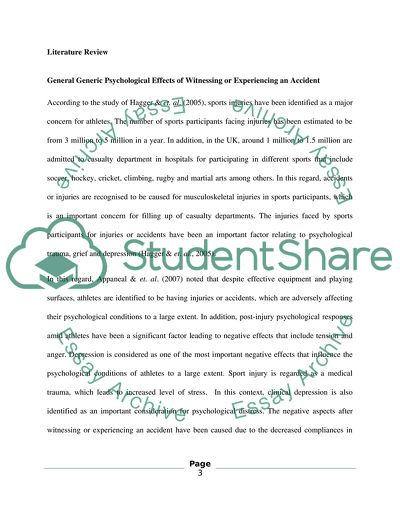Cite this document
(“The Potential Impact on a Climbers Self Efficacy Literature review”, n.d.)
The Potential Impact on a Climbers Self Efficacy Literature review. Retrieved from https://studentshare.org/social-science/1863386-the-title-of-my-research-project-the-potential-impact-on-a-climbers-self-efficacy-after-experiencing-or-witnessing-an-accident-in-climbing
The Potential Impact on a Climbers Self Efficacy Literature review. Retrieved from https://studentshare.org/social-science/1863386-the-title-of-my-research-project-the-potential-impact-on-a-climbers-self-efficacy-after-experiencing-or-witnessing-an-accident-in-climbing
(The Potential Impact on a Climbers Self Efficacy Literature Review)
The Potential Impact on a Climbers Self Efficacy Literature Review. https://studentshare.org/social-science/1863386-the-title-of-my-research-project-the-potential-impact-on-a-climbers-self-efficacy-after-experiencing-or-witnessing-an-accident-in-climbing.
The Potential Impact on a Climbers Self Efficacy Literature Review. https://studentshare.org/social-science/1863386-the-title-of-my-research-project-the-potential-impact-on-a-climbers-self-efficacy-after-experiencing-or-witnessing-an-accident-in-climbing.
“The Potential Impact on a Climbers Self Efficacy Literature Review”, n.d. https://studentshare.org/social-science/1863386-the-title-of-my-research-project-the-potential-impact-on-a-climbers-self-efficacy-after-experiencing-or-witnessing-an-accident-in-climbing.


